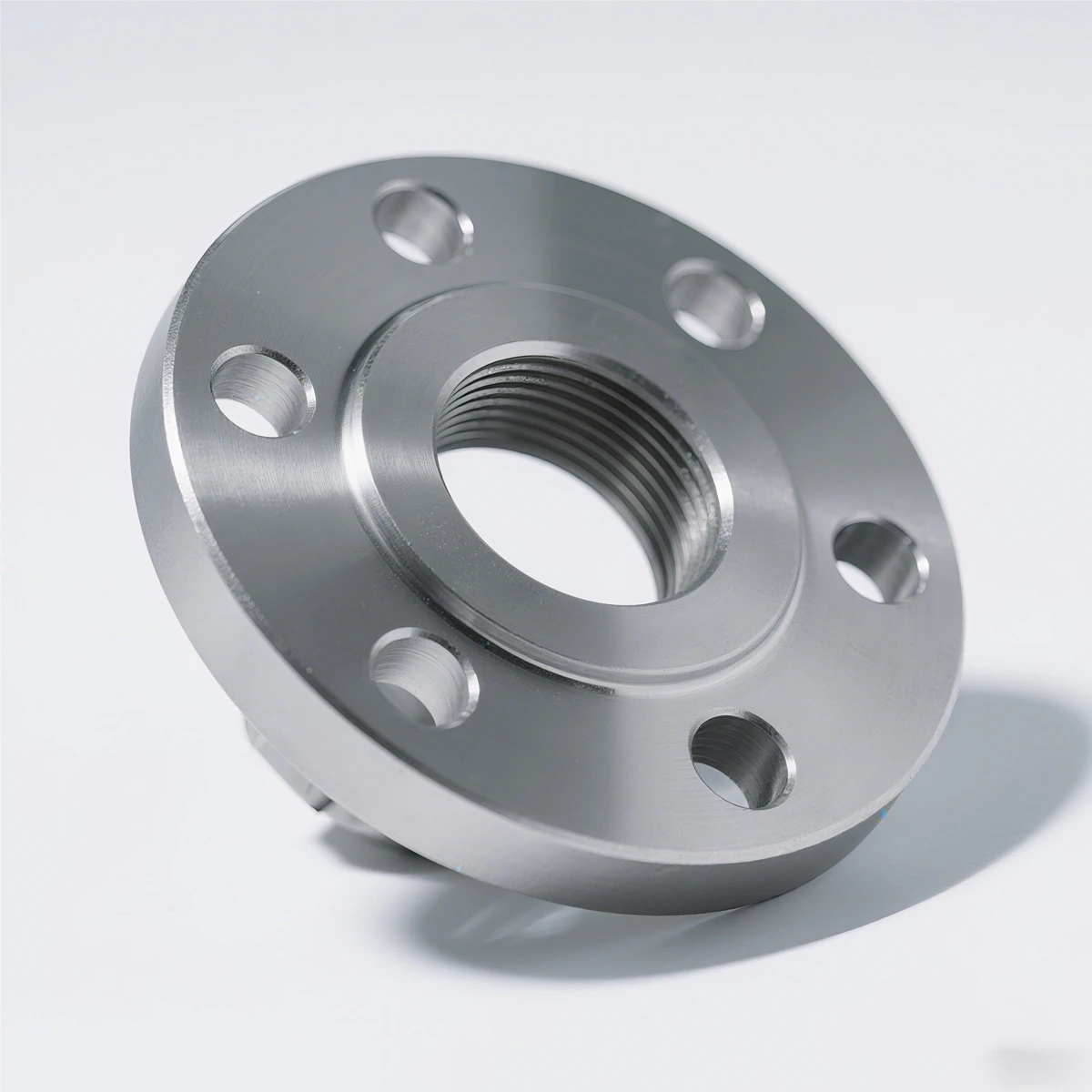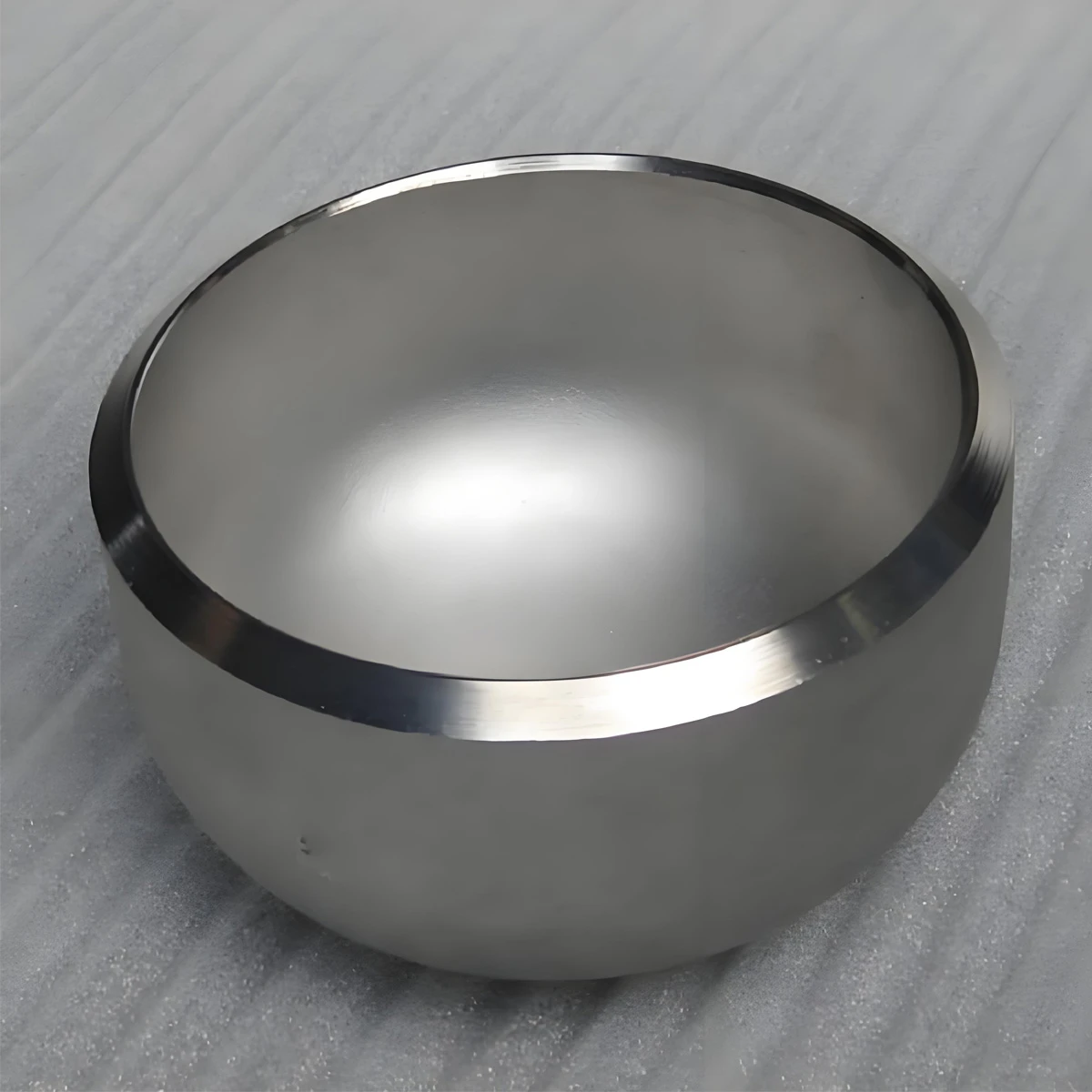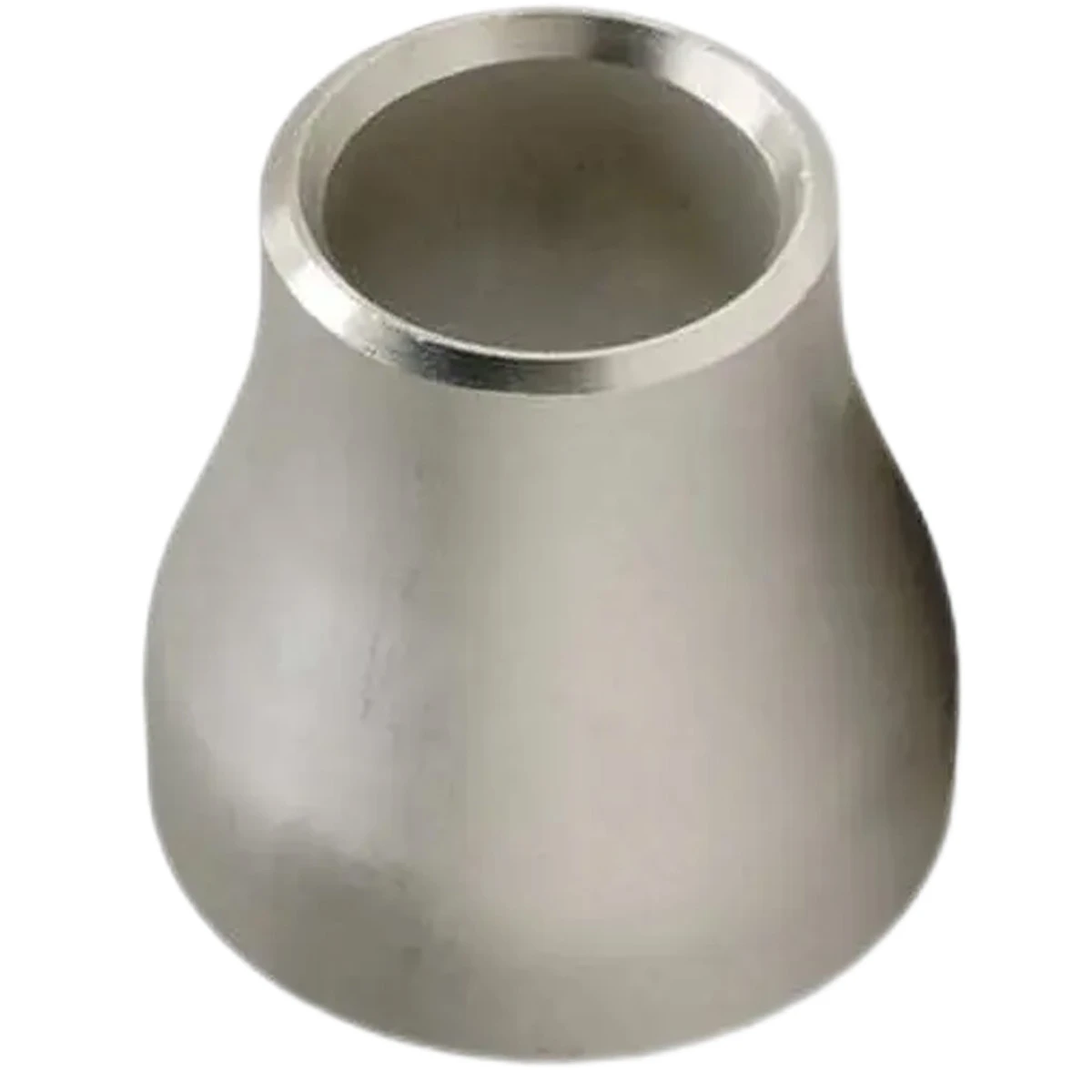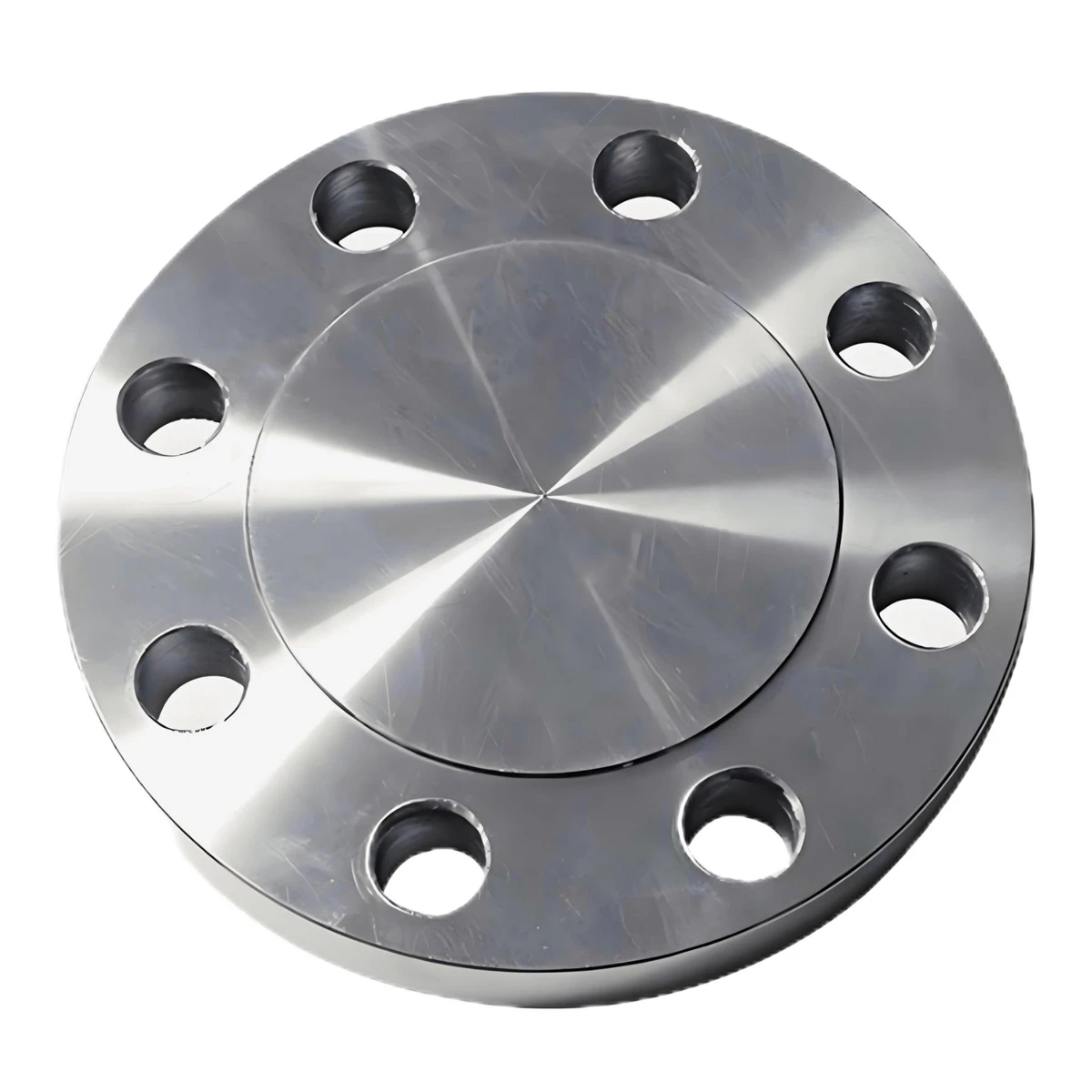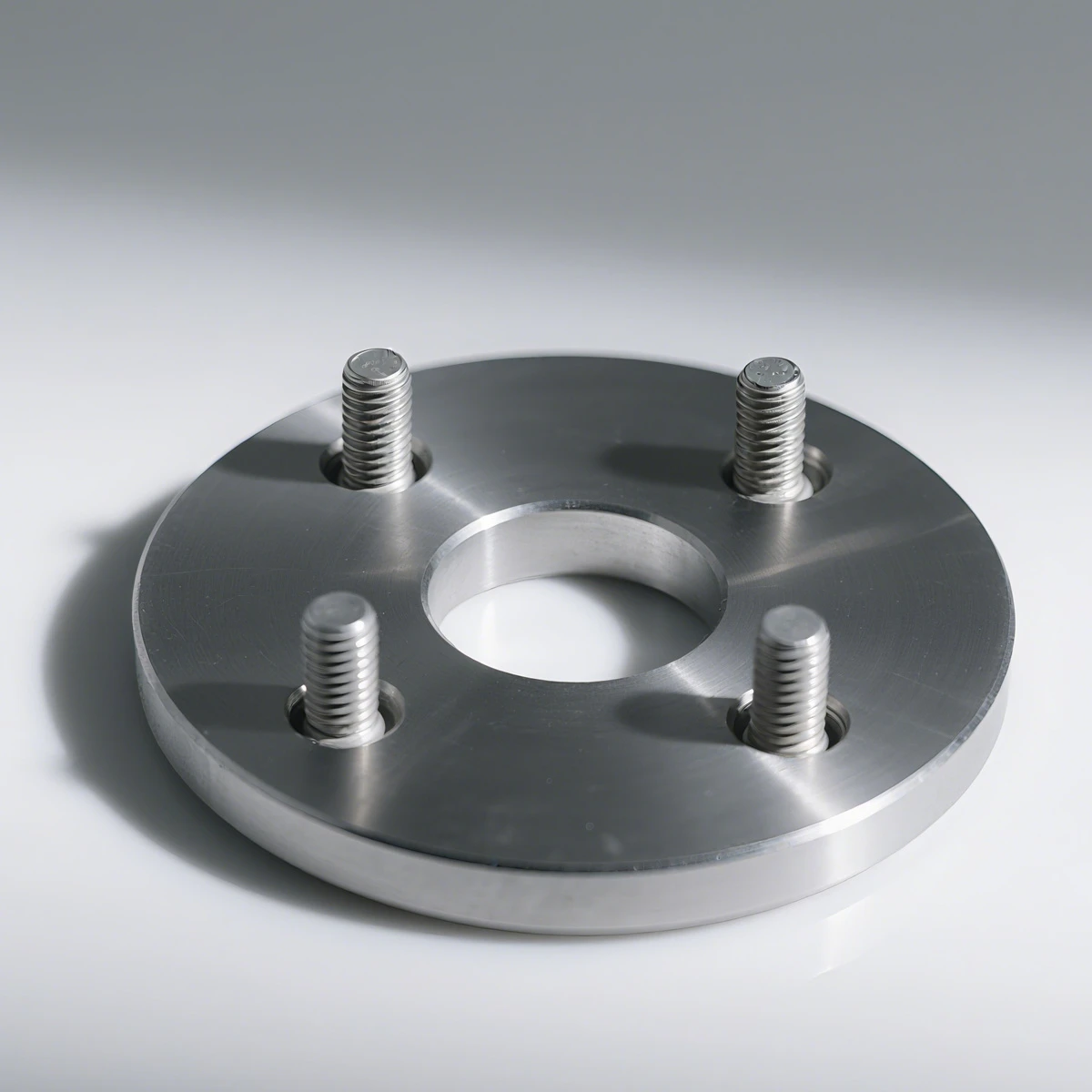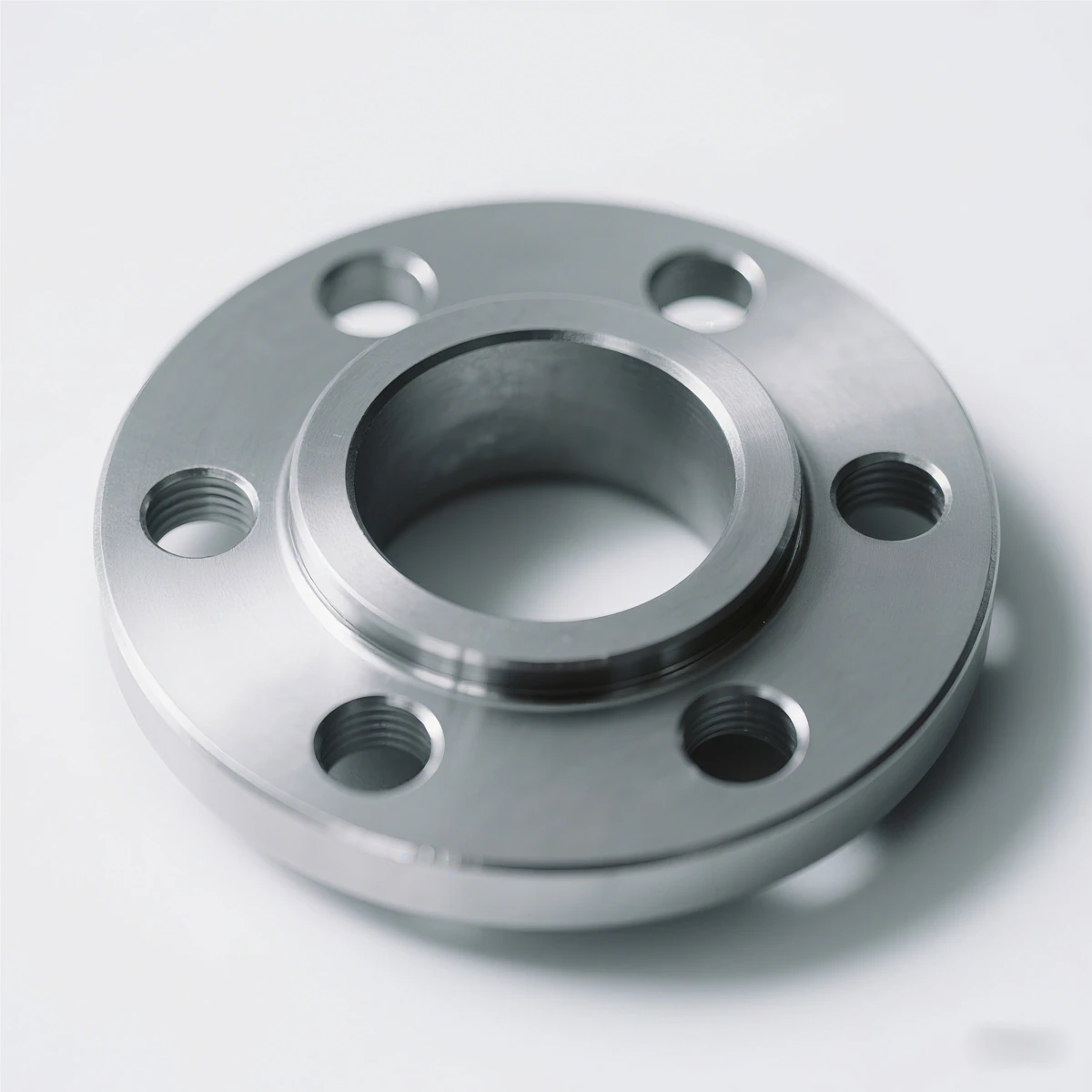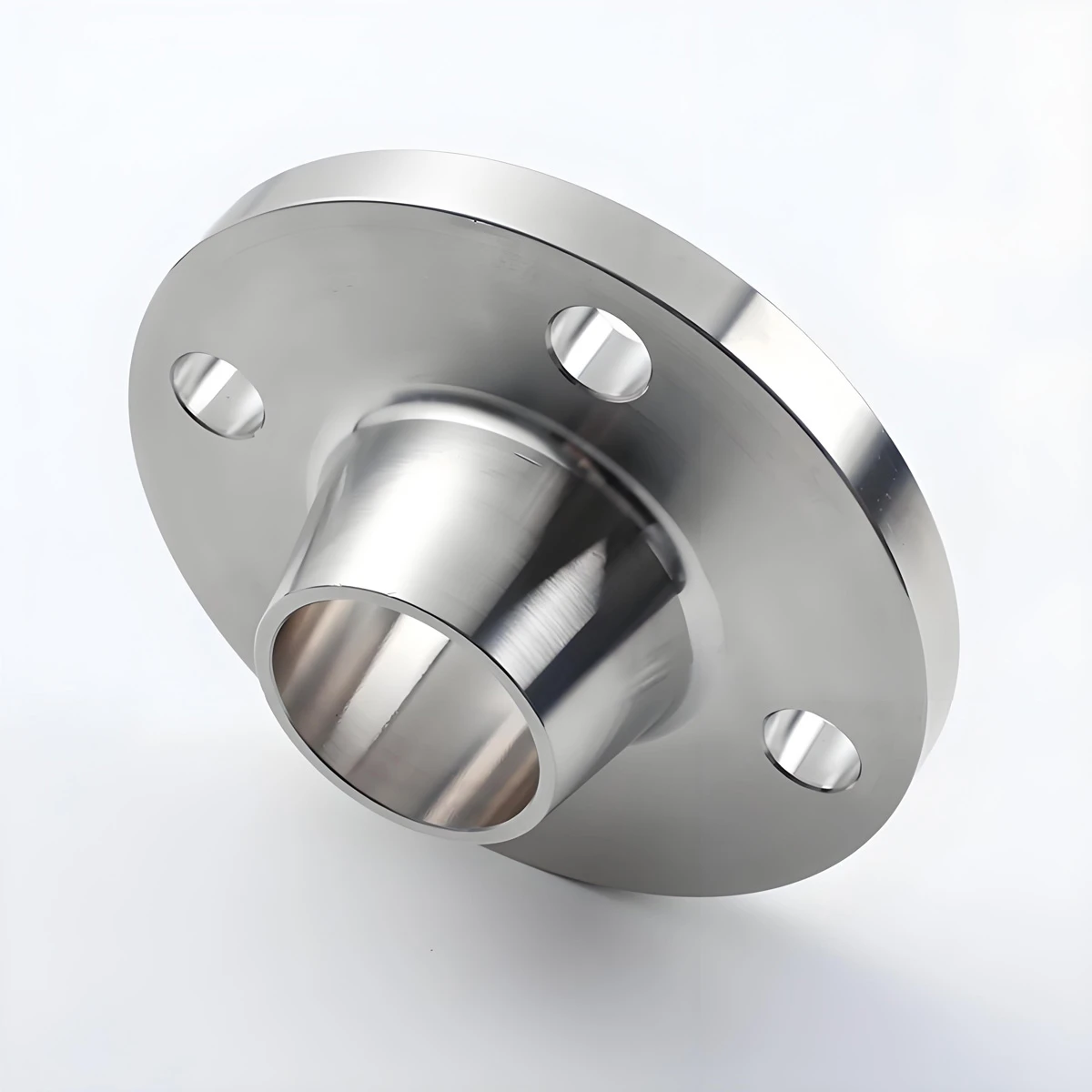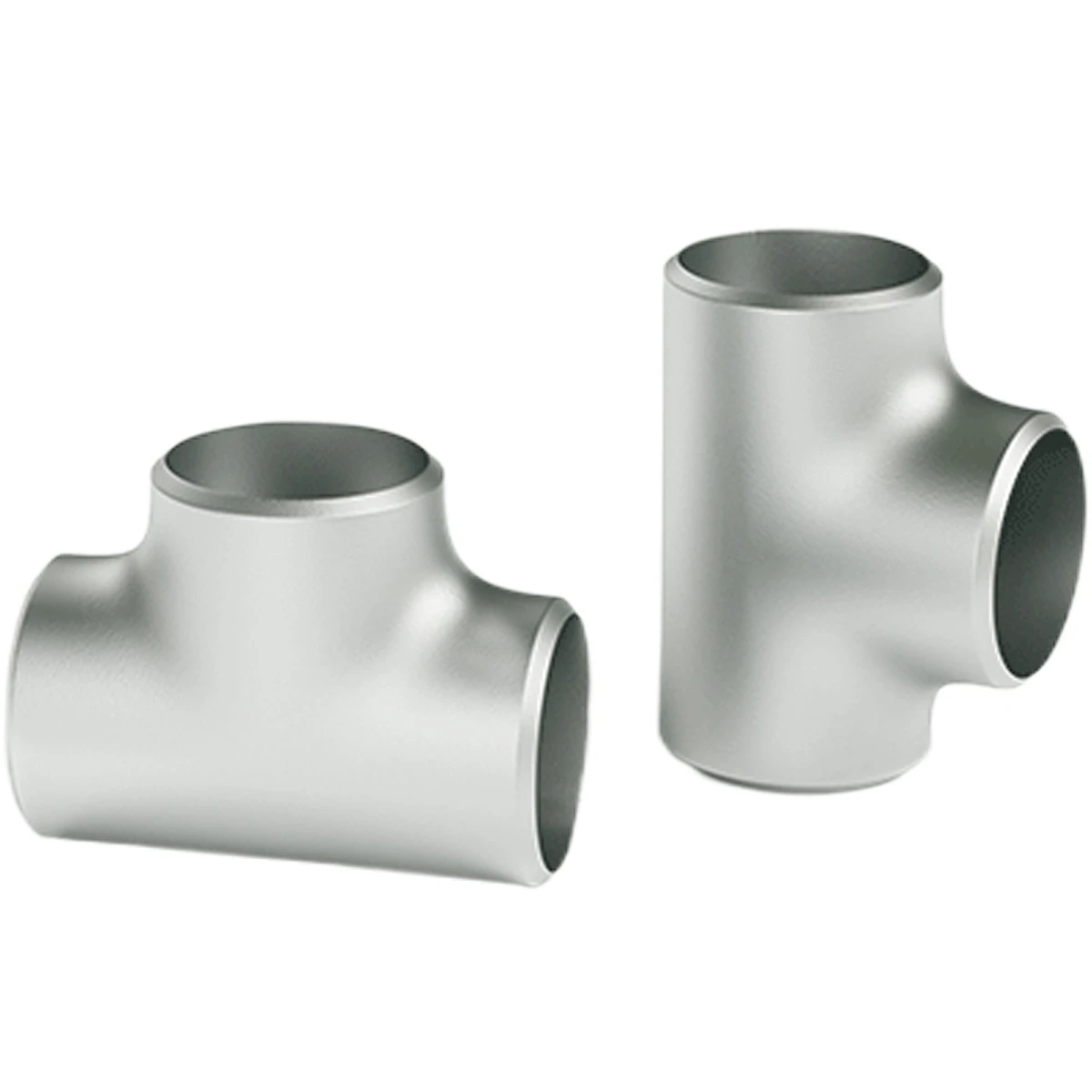
- Albanian
- Arabic
- Armenian
- Azerbaijani
- Belarusian
- Bengali
- Bulgarian
- Croatian
- Czech
- Danish
- Dutch
- English
- Esperanto
- Finnish
- French
- German
- Greek
- Hebrew
- Hungarian
- Indonesian
- irish
- Italian
- Japanese
- Khmer
- Korean
- Kyrgyz
- Lao
- Latin
- Lithuanian
- Malay
- Myanmar
- Norwegian
- Persian
- Polish
- Portuguese
- Romanian
- Russian
- Serbian
- Slovak
- Slovenian
- Spanish
- Swedish
- Tagalog
- Thai
- Turkish
- Turkmen
- Uzbek
- Vietnamese
- Zulu
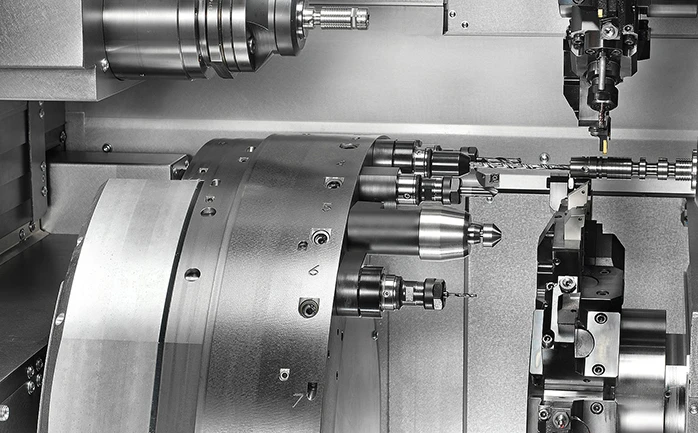
- Introduction: The Growing Need for spectacles for blind
and Related Components - Technical Insights: Understanding the Structure and Advantages
- Manufacturer Analysis: Comparing Leading Suppliers
- Customization Options for Diverse Industrial Needs
- Case Studies: Real-World Applications and Results
- Key Considerations for Optimal Component Selection
- Conclusion: Future Prospects for spectacles for blind Technology

(spectacles for blind)
Introduction: The Growing Demand for spectacles for blind Solutions
Industrial piping systems rely heavily on components that can efficiently isolate, close, or test pipeline sections. Among these, spectacles for blind have gained remarkable importance. Their primary role involves providing a robust sealing mechanism to ensure both operational safety and system maintenance flexibility. With global infrastructure projects on the rise, the demand for advanced flange solutions has escalated. According to a recent industry report, the global flange market exceeded $6.8 billion USD in 2023, showing a compound annual growth rate (CAGR) of 4.7% from 2020. The implementation of spectacles for blind in critical facilities—such as oil refineries, chemical plants, and power stations—helps to minimize leakage risks, avoid unscheduled downtimes, and enhance worker safety. Such data-driven insights underline why industries are sharply focusing on improving their pipeline isolation strategies.
Technical Insights: Understanding the Structure and Advantages
The core structure of a spectacle blind, sometimes called a spectacles flange, consists of two discs connected by a small bridge or web: one solid ("blind") and one open ("spacer"). This design allows for either complete blockage or free flow within the pipeline upon rotating the assembly. For example, a blind flange 12 inch, widely adopted within petrochemical plants, has the inherent capability to withstand pressure ratings up to ANSI 2500 and temperatures exceeding 1000°F, depending on the material grade (such as ASTM A105, A182 F304/F316). The simplicity, mechanical integrity, and lack of moving parts make spectacle blinds virtually maintenance-free. Bolted between pipeline flanges, they provide a highly reliable, visual indication of pipeline status, making plant shutdowns safer and more efficient.
Manufacturer Analysis: Comparing Leading Suppliers
Discerning engineers and procurement teams often evaluate multiple aspects when choosing a supplier: pressure and temperature ratings, material certifications, production capacity, and after-sales support. Below is a comparative table featuring three globally recognized manufacturers for spectacle blinds and related flange products.
| Criteria | Supplier A | Supplier B | Supplier C |
|---|---|---|---|
| Product Range | Spectacle Blinds, Spades, Ring Spacers | Spectacle Blinds, Orifice Flanges, Threaded Blinds | Custom Flange Assemblies, Blind Flange 12", Gaskets |
| Material Availability | Carbon Steel, Stainless Steel, Alloy Steel | Stainless Steel, Duplex, Inconel | Carbon Steel, Titanium, Special Alloys |
| Pressure Ratings | 150 - 2500 ASME | 150 - 1500 ASME | 150 - 900 ASME |
| Certifications | ISO 9001, PED, EN10204 3.1 | API, ISO 9001, EN10204 3.1/3.2 | ISO 14001, ISO 45001 |
| Lead Time (weeks) | 4-6 | 3-5 | 6-8 |
| Notable Clients | SHELL, ExxonMobil, Aramco | CNOOC, Chevron, TotalEnergies | BP, Linde, BASF |
The above data can guide buyers in making informed decisions, balancing cost-effectiveness, and compliance with project-specific standards.
Customization Options for Diverse Industrial Needs
Not all processing environments have uniform pipeline conditions; consequently, custom-built spectacles flange and spectacle blinds may be required. Design customization extends through dimensions (up to 60" NPS), pressure class, disk thickness, and selection of corrosion-resistant coatings. Advanced CNC machining ensures that tight tolerances are met, and NACE-certified materials address corrosive and high-temperature applications. Some facilities opt for color-coded handles, serialization, or laser-etched part numbers for traceability. Recent innovations, such as integrated shoot bolts or quick-flip mechanisms, further expedite operations in hazardous environments. Collaboration with engineering teams enables the delivery of products that align precisely with site layouts and maintenance routines.
Case Studies: Real-World Applications and Results
Industrial use cases underscore both the functionality and economic benefits of spectacles for blind devices. A major oil refinery in the UAE retrofitted over 400 pipelines with custom spectacle blinds, reducing average maintenance downtime per event from 7 hours to 4.2 hours—a 40% improvement that saved over $2.1 million USD in annual operational costs. In another scenario, a chemical processing plant in Germany required quick switchover between different chemical lines. Installing spectacles flanges with encapsulated PTFE seals improved their mean time between failures (MTBF) by 23%. These real-world data points attest to the versatility and economic rationale behind investing in premium flange isolations, especially in complex projects with safety-critical operations.
Key Considerations for Optimal Component Selection
Selecting the perfect spectacle blind or blind flange 12-inch for any pipeline involves an assessment beyond just dimensional fit. It should factor in pressure and temperature ratings, process fluid nature (to address corrosivity or toxicity), international certification requirements, and lifetime cost analysis. Assessing manufacturer service support—including prompt technical assistance and global logistics reach—can ensure timely replacements and minimize plant downtime. Furthermore, sustainable sourcing and the adoption of recyclable materials become increasingly important amid tightening environmental regulations. Extensive field testing and compliance checks prior to full-scale deployment are standard practice for risk mitigation in high-stakes industrial environments.
Conclusion: Future Prospects for spectacles for blind Technology
The evolution of spectacles for blind and accompanying technologies is closely tied to industrial progress and the global need for safer operations. As digital integration grows and real-time pipeline monitoring advances, there is a marked shift towards incorporating intelligent flanges with embedded sensors and data connectivity. According to industry forecasts, the next decade is projected to see a 7% CAGR in the demand for advanced spectacle blinds, particularly in the energy transition sector. Forward-thinking manufacturers are investing in smart materials, predictive maintenance platforms, and tailored production techniques to further elevate industry standards. The ongoing commitment to technical precision, operational safety, and environmental stewardship ensures that spectacle blinds and related flange solutions will remain integral to critical process industries for the foreseeable future.

(spectacles for blind)
FAQS on spectacles for blind
Q: What are spectacles for blind?
A: Spectacles for blind, also known as spectacle blind flanges, are devices used to isolate sections of piping. They are shaped like a pair of glasses, with one side open and the other closed. This allows for quick switching between flow and blockage.Q: How is a spectacles flange used in pipelines?
A: A spectacles flange is installed between two pipe flanges. The closed disk blocks flow for maintenance, while the open disk allows flow during normal operation. Simply rotating the spectacle flange changes its position.Q: What is a blind flange 12?
A: A blind flange 12 refers to a blind flange with a nominal size of 12 inches. It is used to seal the end of a pipe or valve. Blind flanges are common in many industrial piping systems.Q: Why choose spectacles for blind over a standard blind flange?
A: Spectacles for blind offer quick changeover between open and closed states without removing the flange. They enhance pipeline safety and efficiency during maintenance. Standard blind flanges require full removal for access.Q: Are spectacle blind flanges reusable?
A: Yes, spectacle blind flanges are reusable and designed for long-term service. They can be rotated as needed for flow isolation or continuation. Regular inspection ensures their effective operation.-
 May. 27, 2025
May. 27, 2025Plastic pipe fittings, in particular, are witnessing substantial growth due to their cost-effectiveness and versatility.
-
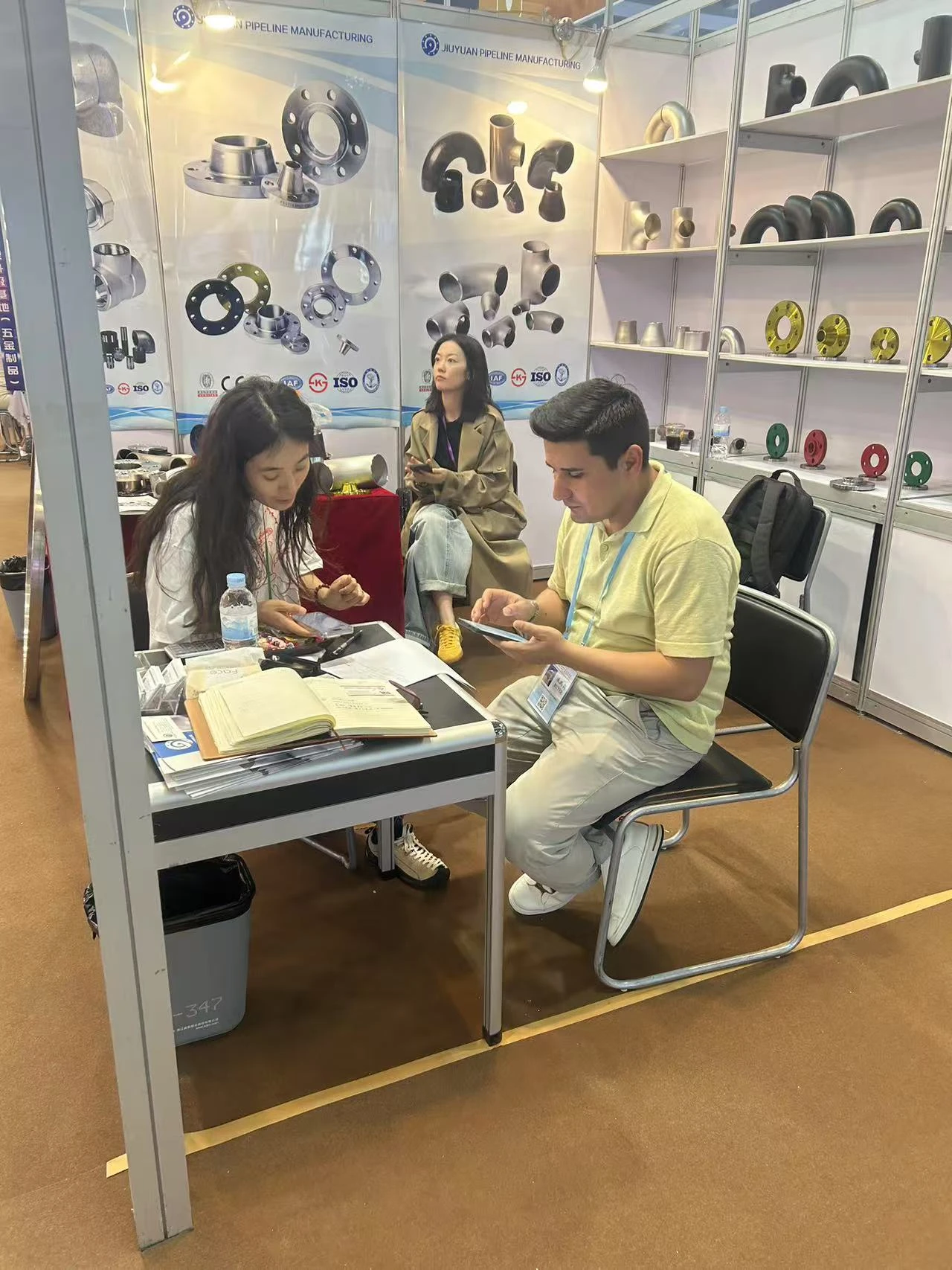 Apr. 28, 2025
Apr. 28, 2025From April 15 to April 19, 2025, our company proudly participated in the renowned Canton Fair held in Guangzhou, China.
If you are interested in our products, you can choose to leave your information here, and we will be in touch with you shortly.
